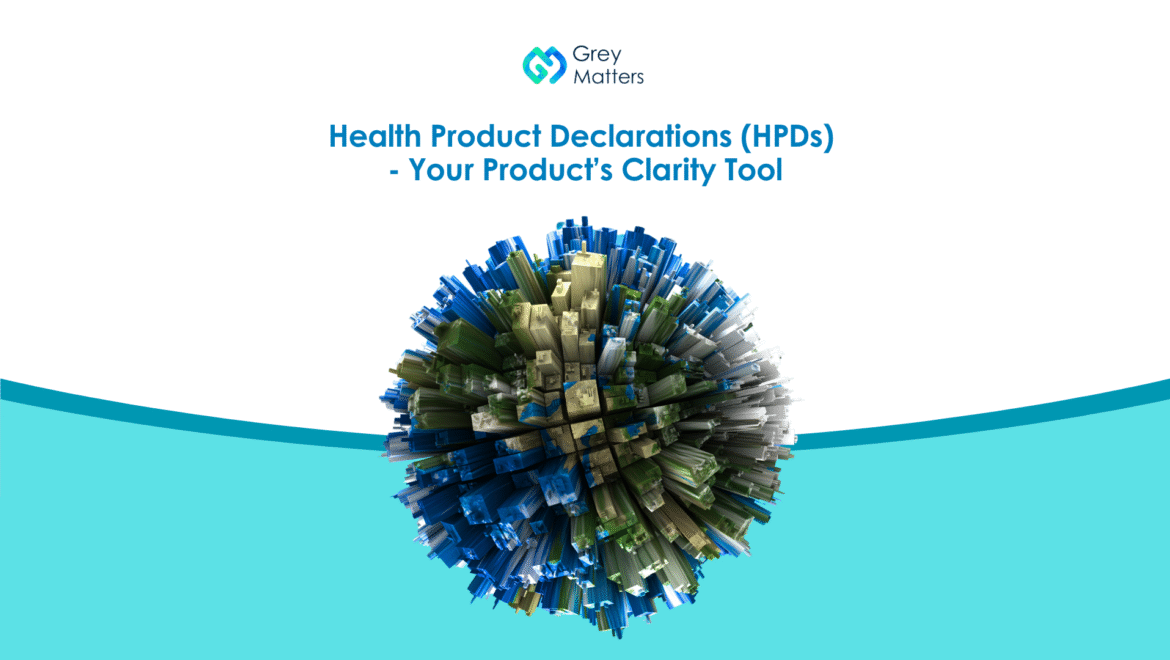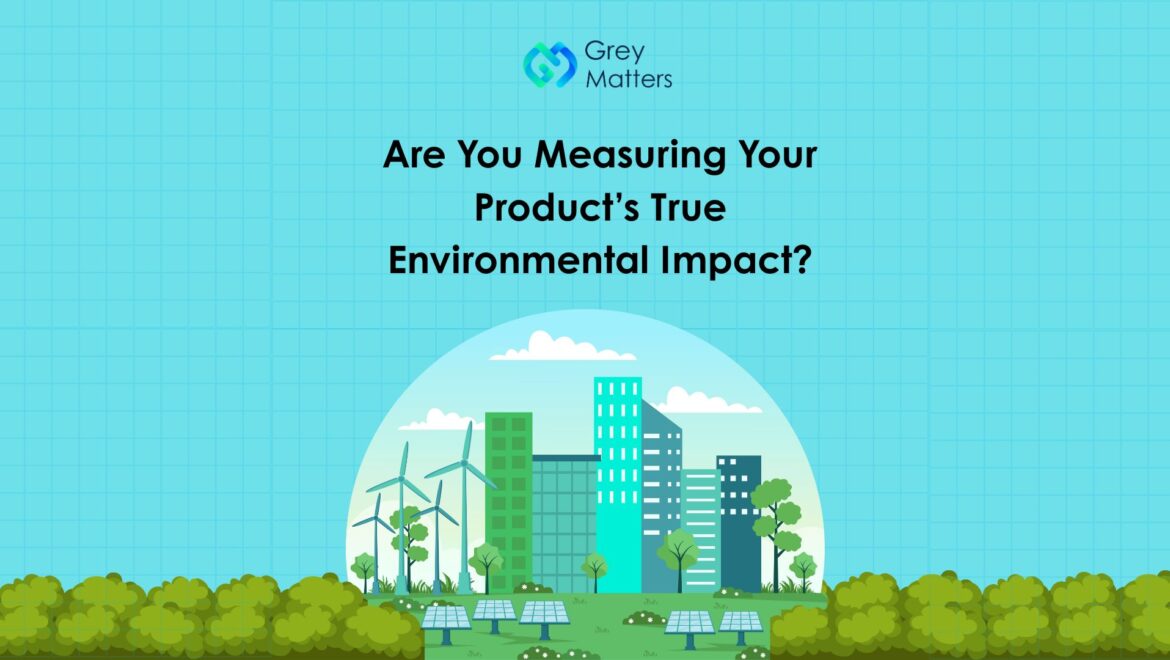Demystifying Health Product Declarations (HPDs): Why They Matter More Than Ever?
In today’s built environment, transparency isn’t just a buzzword — it’s a responsibility. Whether you’re an architect, designer, contractor, or manufacturer, understanding what’s in the materials we specify and use is becoming mission-critical. This is where Health Product Declarations (HPDs) step in.
What is an HPD?
A Health Product Declaration (HPD) is a standardized document that provides transparent information about the contents of building products and their associated health effects. It’s like a nutrition label for building materials — showing you what’s inside, how much of it is there, and whether any of those ingredients pose potential health risks.
Developed by the HPD Collaborative, the HPD Open Standard helps professionals make informed decisions by aligning product transparency with human health and environmental goals.
Why HPDs Matter in the AEC (Architecture, Engineering & Construction) Industry?
- Material Transparency: Clients, designers, and regulators increasingly demand transparency. HPDs offer a consistent format for disclosing product content and associated hazards.
- Healthier Buildings: HPDs help reduce exposure to toxic substances and improve indoor air quality — a growing concern in commercial and residential spaces.
- Sustainability Certifications: HPDs contribute to LEED, WELL, and Living Building Challenge points. If you’re aiming for green certification, HPDs can be a strategic tool.
- Market Differentiation: For manufacturers, offering HPDs positions your brand as accountable, transparent, and forward-thinking.
What’s included in an HPD?
An HPD typically includes:
- Product ingredients and materials
- CAS Registry Numbers (Chemical Abstract Service)
- Ingredient percentages by weight
- Hazard screening based on authoritative chemical lists
- Optional disclosure of life cycle and VOC content
This data allows specifiers to evaluate risk, compliance, and suitability for health-conscious projects.
The Future of Material Health is Transparent
As the construction industry leans more heavily into ESG (Environmental, Social, and Governance) commitments, tools like HPDs will play an increasingly vital role. They don’t just help us build better buildings — they help us build trust.
Whether you’re a specifying architect, a manufacturer, or a client pushing for healthier spaces, HPDs are more than just documents — they’re a step toward a healthier, more responsible built environment.


















